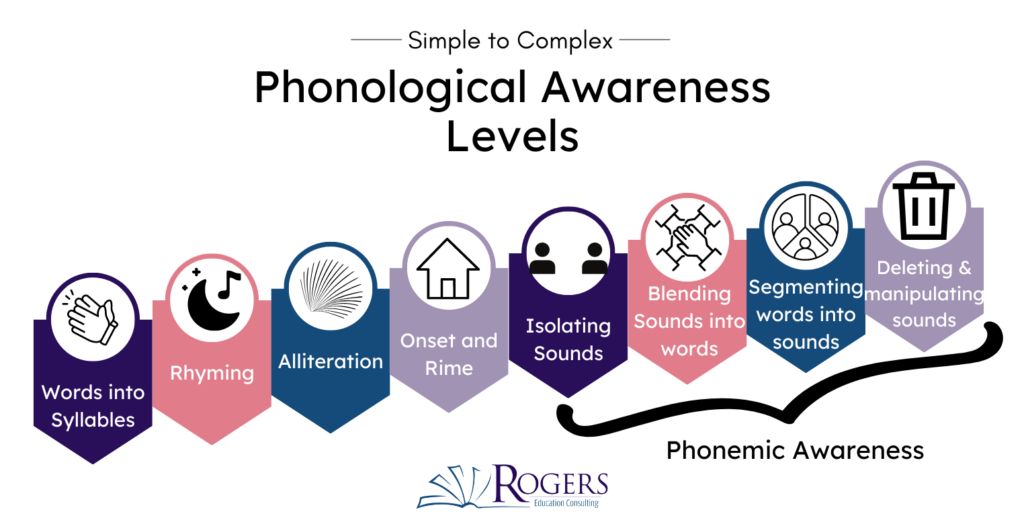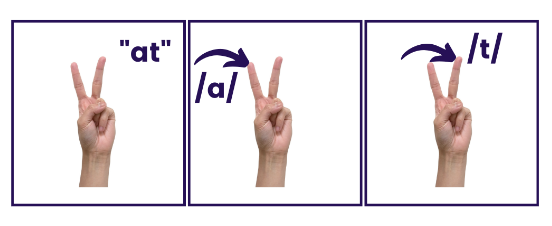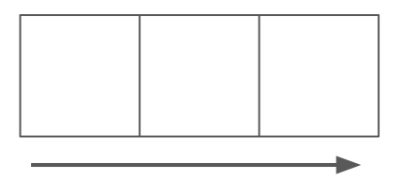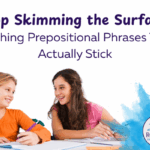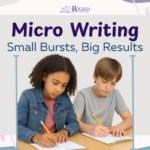Blending phonemes is an essential component of early literacy instruction. Phonemes are the smallest units of sound in words, and blending phonemes is the process of combining those sounds to form words. The science is clear: students need both word recognition and language comprehension skills. In this second part of a four-part series, we explore the different levels of phonemic awareness. The first post focused on isolating phonemes, this one focuses on blending phonemes.
Here are a few reasons why teaching phoneme blending is important:
- It helps students decode words: When students can blend phonemes, they can use this skill to sound out unfamiliar words. This helps them become more independent readers and less reliant on memorization.
- It builds phonemic awareness: Phonemic awareness is the ability to hear, identify, and manipulate individual sounds in words. Blending phonemes helps students develop this skill, which is a crucial component of early literacy.
- It lays the foundation for spelling: When students can blend phonemes, they are also better equipped to spell words. They can break words down into individual sounds and then write the corresponding letters for each sound.
- It improves fluency: Fluent readers are able to read quickly and accurately, and blending phonemes helps build the skills needed for fluency.
Overall, teaching students to blend phonemes is an important part of early literacy instruction that can help them become strong, confident readers and writers.
Instruction Ideas
- Use a visual movement to identify phonemes. There are many ways teachers do this, here are just a few. When blending phonemes, use your fingers to identify each sound. Other options are to tap your shoulder, elbow, and wrist as you say each sound. Another option is to use markers or manipulatives to tap or move as you say each sound.
- When first teaching students to blend sounds, begin with onset and rime. The research is clear that our instruction should build from simple to complex.
- Teacher: Blend these sounds together /c/ /at/, students: cat
- Teacher: Blend these sounds together /sh/ /ip/, students: ship
- After students have mastery of onset and rime blending, move on to individual phonemes.
- Teacher: Blend these sounds together /c/ /a/ /t/, students: cat
- Teacher: Blend these sounds together /sh/ /i/ /p/, students: ship
- Play a guessing game with students. Target the word you want students to figure out from blending and sound it out in a sentence.
- Teacher: I need to find my /p/ /e/ /n/, students: pen
- Teacher: I like to walk my /d/ /o/ /g/, students: dog
- Elkonin Boxes are frequently used as students learn blending. Since they are only focused on sounds during this stage, have students use tokens to push into each box for each sound they hear. After your child has placed a token in each box for each sound in the word, have them blend the sounds back together to say the word as they slide their finger along the line.
How do you teach blending phonemes?
